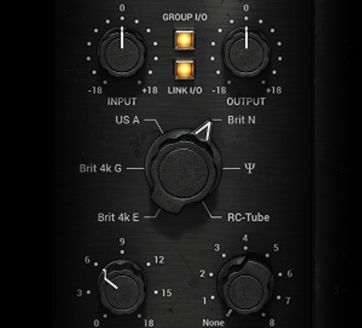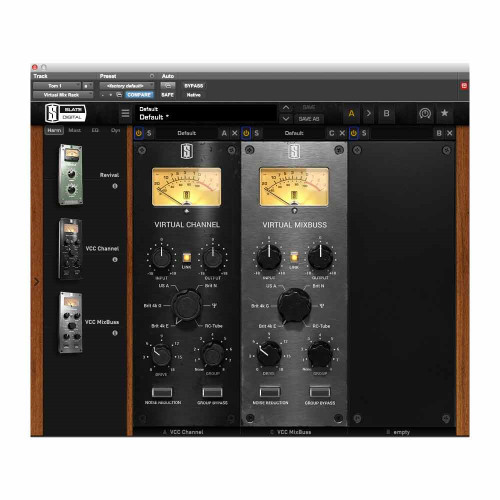

Very important, IMHO, to use both bus compression because NLS or VCC will not give you a magical mix alone. The basic fundamentals are the same as NLS, however, I like this video because it also includes using Buss Compression in conjunction with Console Emulation. Here is a video below that has some relevant information about Console Emulation (VCC) in this case. Very important, if you are using them, to mix through them from the start of the project as they will affect EQ and placement in the mix. It is more transparent and I like what it does to the overall sound. Personally, I reach for Slate VCC 9 times out of 10 over Waves NLS. I know NLS is promoted as, "each channel having a unique character" but good luck hearing that in a mix or figuring out which instrument is going to sound best on an individual channel. As a rule of thumb, put the console emulation last on a group/bus or individual track, and first on your Master Bus. Neither the VCC or NLS are very resource heavy at the end of the day. The result is similar to putting it on individual tracks, uses less resources and doesn't impact freezing. I paid $99 when I bought in.ĭan, In many cases I will put NLS or Slate VCC on a group/bus rather than individual tracks (like all rhythm guitars, or amped and DI Bass for example). I think many high-end recordings are finding less and less console time and more in-the-box time these days. I'm not a fan of just putting it in on all channels to mimic an entire console. I like trying different channels on different sources if I think it does something good to them. Try the Mike Hedges Channel 2 on a kick drum with the Gain up 75% and see how the kick drum low-end is affected.

There's something edgy-but-good about that channel. Like, for example, try the Spike Stent SSL Channel 29 on a distorted guitar.

With all that said, there's some good things the NLS can do that some plug-ins can't. Using the buss module probably doesn't really do much for you. The idea is not really try and color the sound, but just the very subtle character the modules give each channel or how it handles transients (sometimes better than an EQ), when mixed together should give you a better idea of what they do.

NLS should iterate the modeled channel correctly from each mixer that was modeled. NLS has its benefits, and for some Pro's, the idea is to deploy it across your DAW up to 32 channels. There's no problem using additional channel strips like SSL along with NLS, as long as you like the sound. And on some material NLS just doesn't sound very good and I turn it off. I always leave the Drive at 0 unless I'm going for a specific grungy sound. The only caveat I would add is that the sonic changes aren't nearly as subtle as other console emus like VCC.
#SLATE VCC CHANNEL VS BUS FULL#
Just be sure each channel plug is set to a different channel before freezing and you'll have the full effect. They claim that it's the tiny differences in each channel's sound that gives you the feel of a real console. The "magic" comes from having 32 separate console channels modeled for each desk. If freezing channels, you would just lose the grouping function which lets you change the channel plugs' settings from the buss GUI. The Buss plugs don't actually do any summing the buss signal is already summed by your DAW before it hits the plug. You can certainly freeze the tracks that have NLS channel plugs on them.


 0 kommentar(er)
0 kommentar(er)
